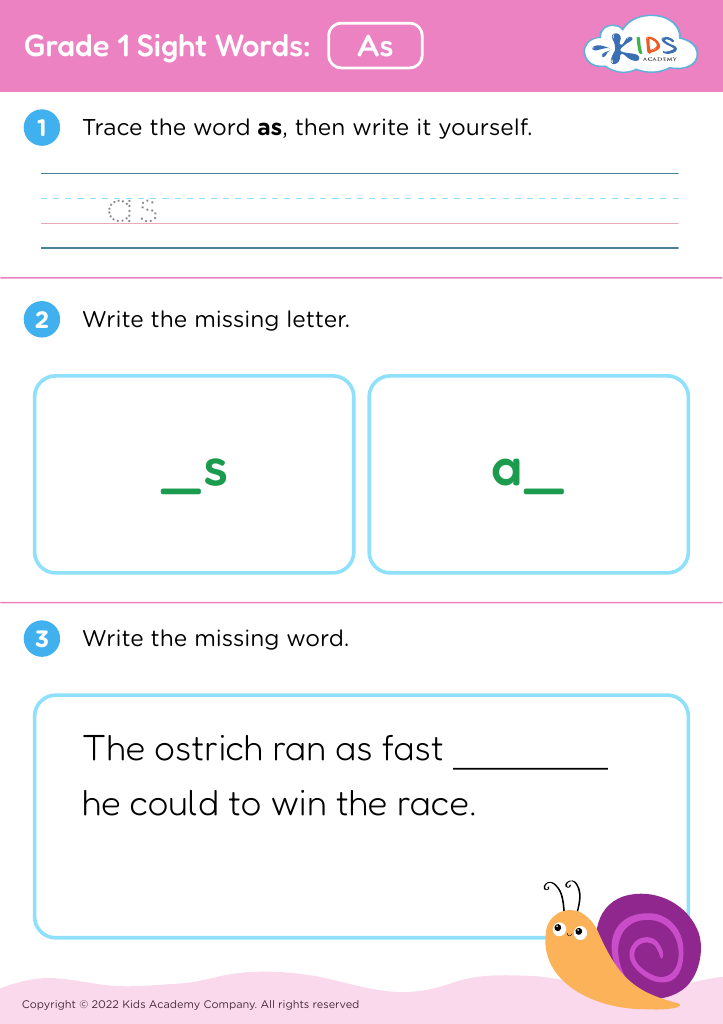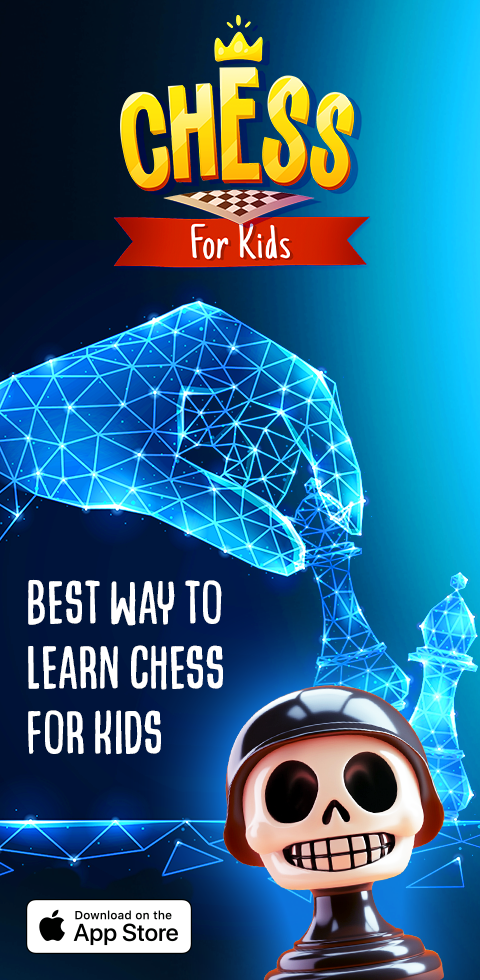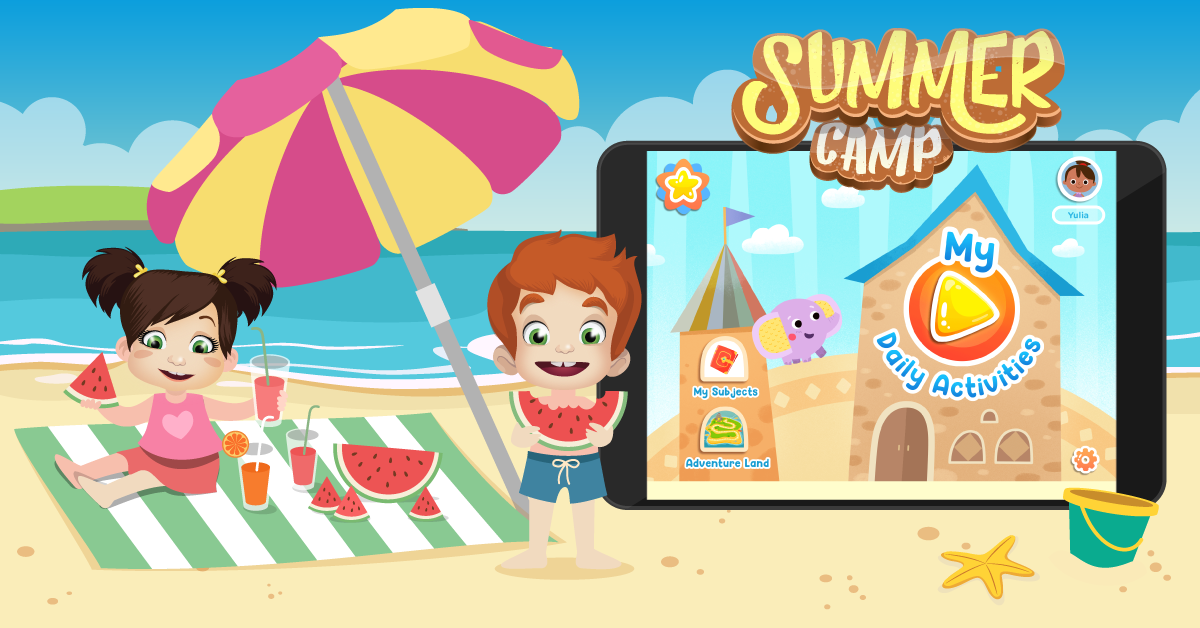Understanding symmetry Reading Worksheets for 7-Year-Olds
3 filtered results
-
From - To
Dive into the fascinating world of symmetry with our engaging Reading Worksheets for 7-Year-Olds. These carefully crafted worksheets help young learners understand the concept of symmetry through fun and interactive activities. Designed to enhance reading and critical thinking skills, each worksheet offers captivating exercises that challenge children to identify symmetrical shapes and patterns. Perfect for developing foundational geometry knowledge, these resources cater to varied learning styles, ensuring every child finds joy in mastering symmetry. Equip your young scholars with the tools they need to succeed in both their reading and math journeys. Explore today and watch their confidence soar!
Understanding symmetry is vital for 7-year-olds as it lays the foundation for their cognitive and academic growth, encompassing both mathematical and reading skills. Symmetry introduces basic principles of geometry, enhancing spatial awareness which is crucial for problem-solving and reasoning. When children grasp symmetry, they better understand patterns, relationships, and proportion, fostering an intuitive grasp of more advanced math concepts encountered later.
From a reading perspective, recognizing symmetry aids in literacy development. Symmetry helps children discern shapes and letter forms, improving reading fluency and writing accuracy. It bolsters visual-motor integration, making the process of learning to read and write smoother as children can more easily distinguish between different letters and words.
Moreover, symmetry touches on everyday life and arts, fostering creativity and aesthetic appreciation. For instance, many natural forms, such as leaves and butterflies, exhibit symmetry, and recognizing this can breed deeper observational and critical-thinking skills.
Parents and teachers should thus encourage activities and exercises that promote an understanding of symmetry. This creates a balanced approach to both numeracy and literacy, contributing to a child's overall intellectual growth and engagement with the world around them, fostering a well-rounded education that goes beyond rote memorization.






















